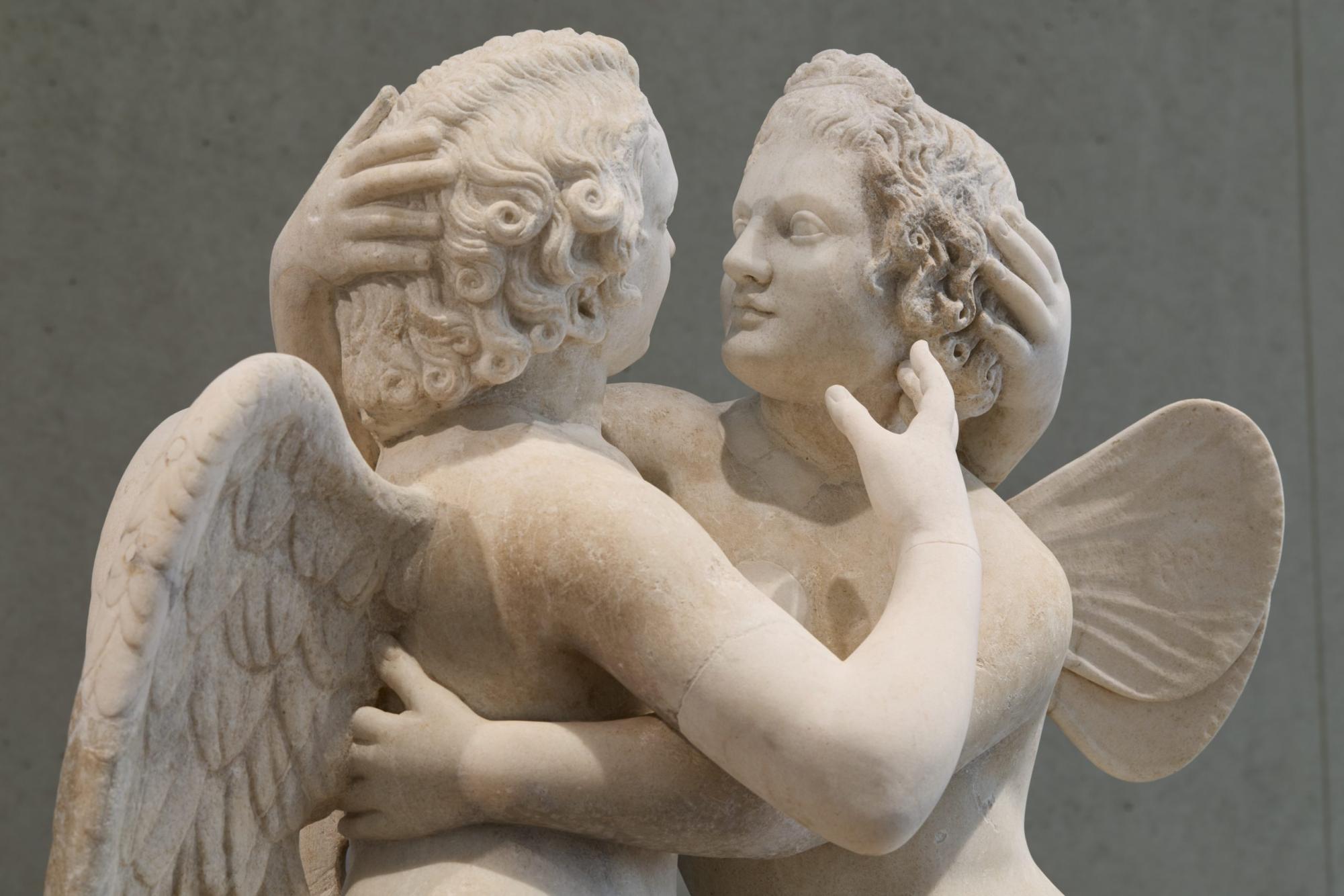“In Rome, besides the Romans, there was also a population of statues,” said Johann Wolfgang von Goethe. And this is most definitely proven to be true with the Kimbell Art Museum’s new exhibit, Myth & Marble.
The exhibit features pieces taken from the collection of the Torlonia family, a wealthy lineage of Italian bankers. Giovanni Torlonia and, eventually, his son, Alessandro, amassed a sizable collection of antiquities.
Due to Alessandro’s innovation, what first started as a private collection eventually became known as the “Museo Torlonia”, a museum accessible to the public. And today, the Kimbell was given access to this incredible collection of ancient Roman statues.
Found on a flyer that came through the mail, my mother and I decided to have a Sunday afternoon outing at the museum. The exhibit, housed in the Piano Pavilion, gives you a brief historical overview of the Torlonia family’s collection.
And, in summary, the exhibit was great. The pieces were mainly of Greek or Roman Gods, and the myths associated with them, as well as actual Roman emperors. One piece that struck me was of King Odysseus clinging to the bottom of a ram as he escapes from Polyphemus.
Besides the pieces themselves, another aspect of the exhibit that highly interested me was the aspect of the collectors themselves. During the 15th and 16th centuries, many influential nobles would buy ancient pieces to display in their homes, and it made me think about how we have always had an obsession with vintage.
Why are we so infatuated with the idea of older things? It could have something to do with nostalgia and a longing for things not of our time.
You see these people all of the time, people who say “I was born in the wrong generation”. Is it possible that Alessandro Torlonia was one of these people? Maybe, although his case is likely a bit different than teenagers watching “Stranger Things”
The Torlonia Collection, while impressive, wasn’t made from a desire to live in the classical era. It was likely made more from a desire to show off the massive amounts of wealth the family had, while vintage today is not necessarily an overt status symbol.
Overall, it’s interesting to see our society’s lasting infatuation with things not of our time.



Ricardo Yanez | Oct 12, 2025 at 11:30 am
Very impressive article. I love to explore things from the past. I often have said that I’m I lived during the Roman/ Greek period. Very interesting article. Enjoyed reading it. Good luck with your further writings.
Rebecca Gibson | Oct 8, 2025 at 11:54 am
Great article!